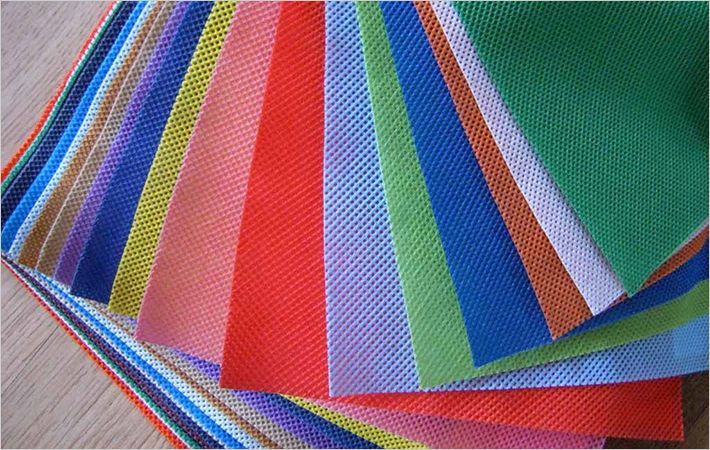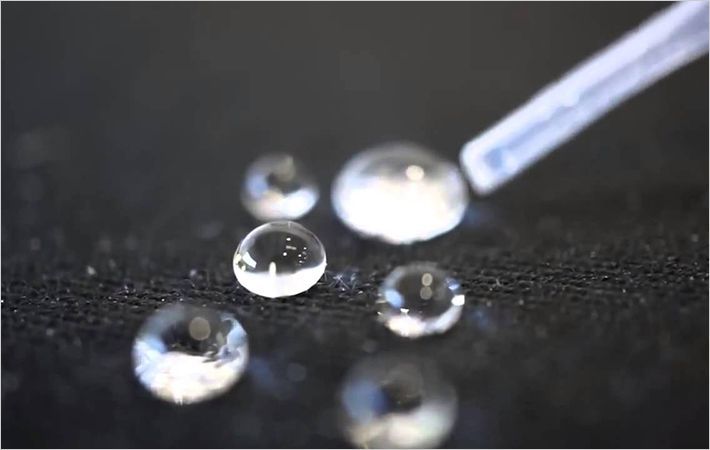At Techtextil which runs from May 4 to 7, 2015 about 500 exhibitors will present textile building materials within the Buildtech segment, with a focus on architects, builder-owners, civil engineers, etc.
“Filigree design, lightness, corrosion resistance and material efficiency are the main characteristics of future architecture,” Messe Frankfurt the organiser of Techtextil said in a press release.At Techtextil which runs from May 4 to 7, 2015 about 500 exhibitors will present textile building materials within the Buildtech segment, with a focus#
Research is being carried out on fibre-based alternative building materials and developing marketable products which shall increasingly replace conventional materials like steel.
How near the future of textile construction is, will be demonstrated at Techtextil, where scientists and manufacturers will present their current developments in the field of construction and architecture.
Textile concrete is an innovative product as normally grids made of steel form the backbone of concrete, which ensure stability and resistance and compensate for the missing tensile strength of the concrete.
However, textile concrete whose research and development took more than twenty years in Germany uses armorings made of two and three dimensional glass and carbon fibres hardened in plastic material.
Steel gets rusty and is covered with tons of concrete to provide protection. However, textile concrete is non-corrosive and therefore less susceptible to rust and cracks produced by salt, water and other influences.
“As a consequence, it is more durable and therefore saves costs of maintenance and repair,” Messe Frankfurt added.
Since textile armorings which are much more stable than steel require less quantity of protecting concrete, a large quantity of material and resources and transportation costs can be saved.
In addition, due to the improved material properties like reduced thickness and high strength, more flexible and filigree designs such as strongly narrow stressed-skin constructions are possible.
The German Institute for Building Technology (DIBt) for the first time gave the go-ahead in 2014 for carbon fibre reinforced lightweight construction.
The procedure of armoring reinforced concrete by means of Tudalit textile concrete was approved under the technical number ‘Z-31.10-182’ by the building supervision authority.
At present, DIBt is evaluating sandwich facades, complete prefabricated garages and even complete footbridges, with approval expected in 2016.
Gigantic stadium roofs made of so-called textile membranes, varicolored facades made of textile concrete and textile insulating boards and heat insulating roof coverings have long become state of the art.
An exhibition that is particularly focused on civil engineers, architects, designers and interior designers is a photographic exhibition titled ‘Textiled Spaces’ will be presented in hall 4.1 at Techtextil.
‘Textiled Spaces’ will present numerous oeuvres which demonstrate the variety and aesthetics of technical textiles within unusual and extraordinary urban and architectonic environments. (AR)
Fibre2fashion News Desk - India

